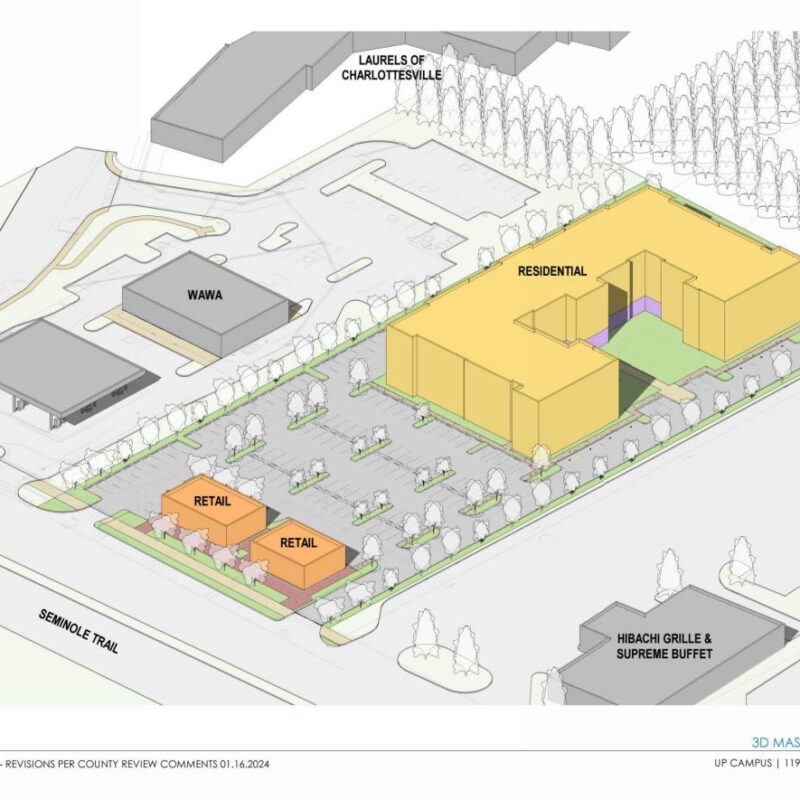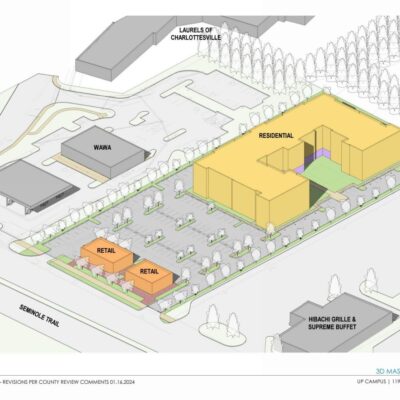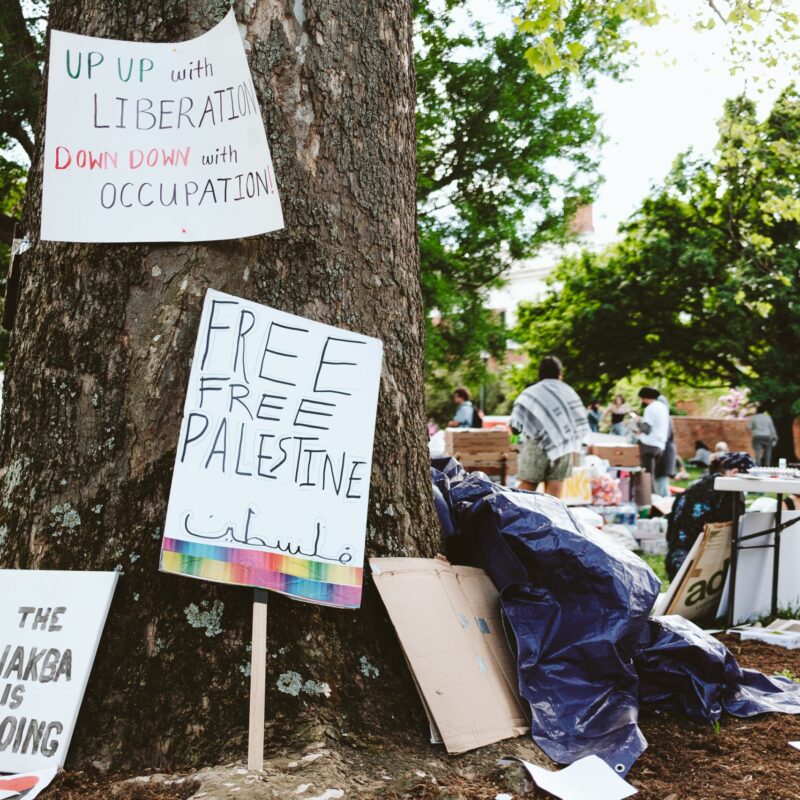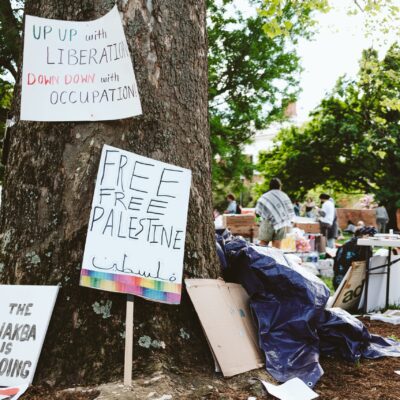There are few places in Charlottesville that you don’t visit unless you know someone there. Prepare to strike Woolen Mills from that list. Portions of the Woolen Mills neighborhood, whose residents once simply referred to it as “the place” will be considered next month for inclusion in the state and federal registers of historic places.
The designation would highlight that area’s mishmash of miller’s homes, built mostly between 1880 and 1900. Much of the neighborhood coalesced before the turn of the 20th century, driven by a thriving wool and cotton mill industry that operated from the 1820s until the early 1960s and lent the neighborhood its name.
Officials from the Capital Region Preservation Office held a meeting for public comment at the Woolen Mills Chapel on November 9 to discuss the potential listing. About 30 people attended to discuss the listing, which is honorific and places no limits on demolition or renovation of properties in the area. “It is at the local level that any real protections are applied, and this designation does not require that the city or county do anything,” said Ann Andrus, director of the Capital Region Preservation Office.
Andrus was quick to allay fears that listing on a historic register would lead to such limits. “These are like honor rolls of historic properties,” she said. “These are places that have a story to tell…and it’s a story that’s illustrated by the buildings that remain there.”
Lydia Brant, a Ph.D. candidate in architectural history at UVA, was hired by the city to tell that story. Listed neighborhoods must highlight a “period of significance.” Brandt says Woolen Mills’ period of significance begins in 1868, when the Marchant family “codified and incorporated” the mill. The mill, which eventually came to generate most of its profit from military uniforms, was undergoing major renovation around 1880 when two large parcels of land went up for sale. One was an expanse that stretched from 18th Street to Riverside Avenue and was liquidated after a family dispute; the other was the Carlton family farm, where Carlton Road presently lies.
It was standard practice in that period for mill owners to build nearby housing for the mill’s workers. But with its resources invested in the mill’s modernization, the Marchant family couldn’t afford to purchase the land. So mill workers and their families purchased and developed the two major parcels piecemeal, which bracket the proposed historical neighborhood. A community grew there that was almost entirely separate from the city for most of its life, Brandt argues in her nomination. It remained separate until the mill closed in 1964—when the period of significance ends. Many of Woolen Mills’ houses were built before 1900, earlier than the 1920 assessment offered to many homebuyers in the neighborhood, Brandt said.
“When governments are looking at the big picture, at their neighborhoods and their communities, historic districts can be a very useful planning tool as they make decisions about how properties should be used,” said Kristin Kirchin, an architectural historian with the state preservation office. Historic register can be useful on the planning level, as it helps policymakers to understand what historic resources are the significant in a community. The National Historic Preservation Act requires that federal agencies take into account the effect changes they make may have on historic property.
On December 17, the nomination will be considered at a joint meeting of the Virginia Historic Resources Board, which determines whether the neighborhood will be listed on the state register, and the State Review Board, which forwards nominations to the National Park Service for federal listing.
C-VILLE welcomes news tips from readers. Send them to news@c-ville.com.





